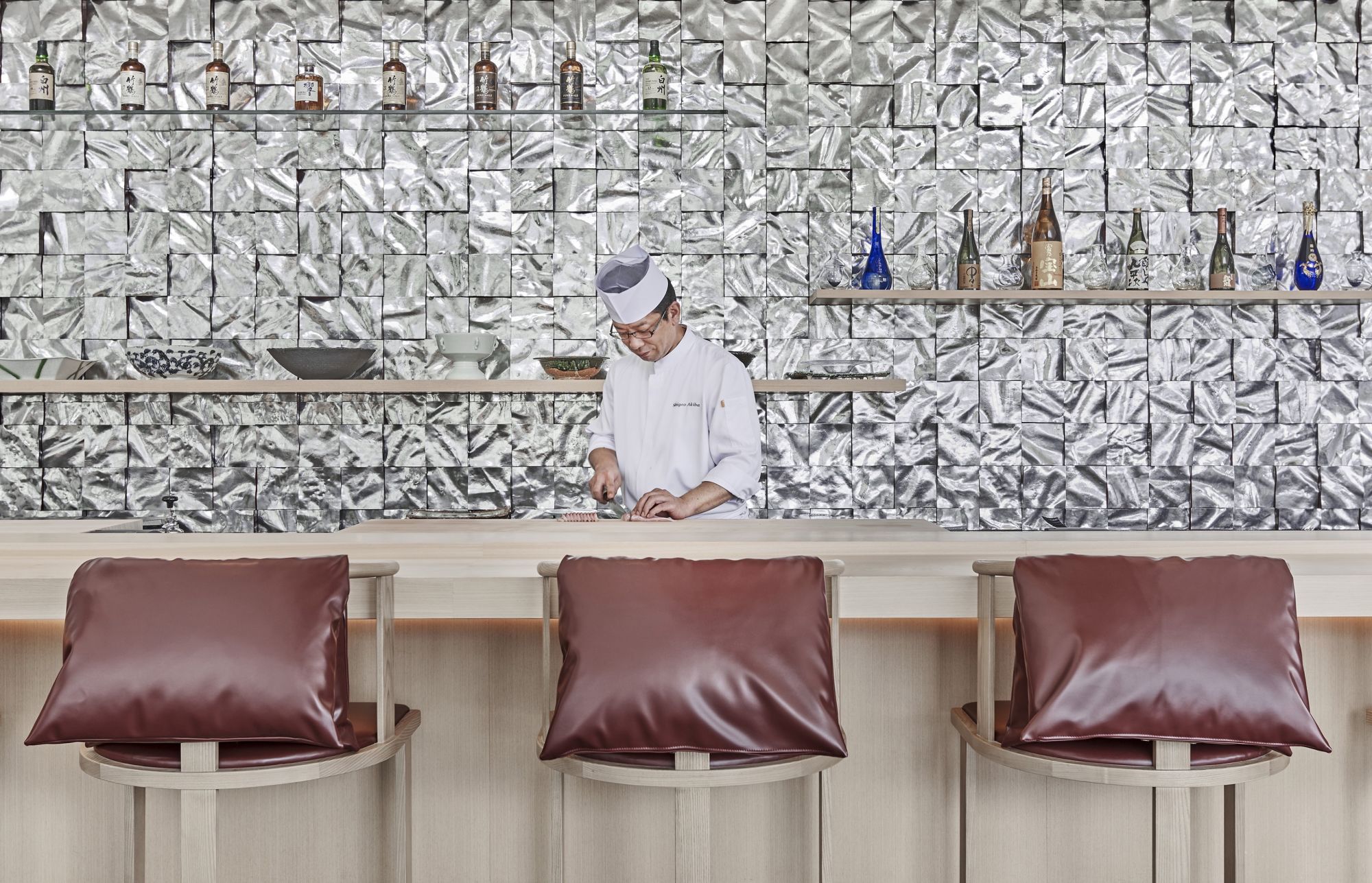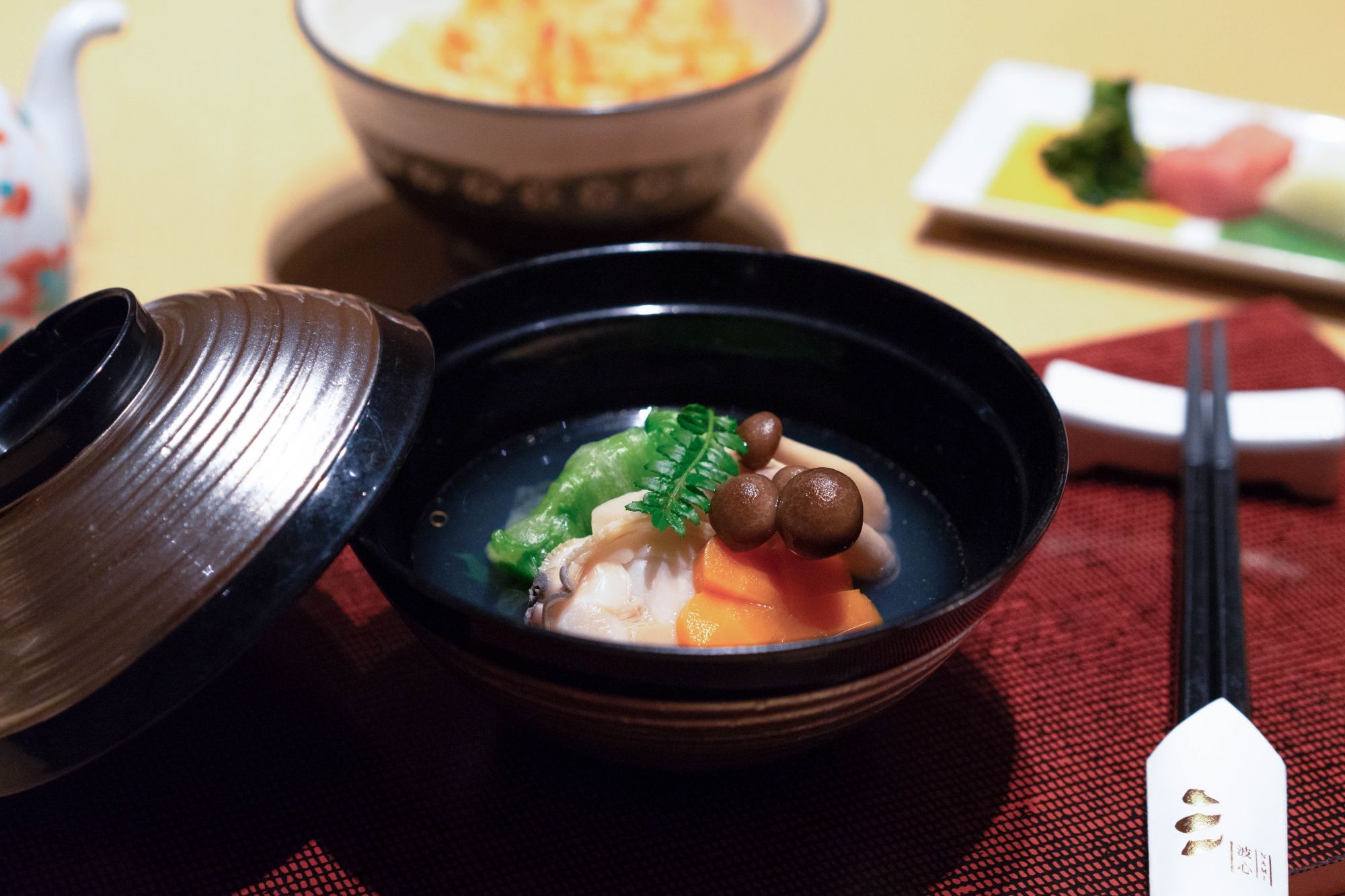There's much about this humble broth that even fans of fine Japanese cuisine often overlook
It is often referred to as the backbone of the cuisine, but despite dashi's intrinsic role in the Japanese culinary arts, there is no requirement for a master Japanese chef to be a dashi master. This might explain why many restaurants choose commercially available alternatives over freshly-brewed dashi—which is broadly understood as broth—while more established and upmarket places work with only two or three varieties.
The latter includes premium kaiseki restaurants laments head chef at Shangri-La's Nami Restaurant And Bar, Shigeo Akiba, who trained under dashi master Masami Honda of Nadaman in Yokohama, Japan. Dashi making, he adds with the help of a translator, is an art that, sadly, not many chefs practice. Now a dashi master in his own right, Akiba regularly utilises up to eight types of dashi throughout Nami’s seasonal menu.
(Related: 5 Events To Catch At This Year's Singapore Food Festival)

During a recently launched Dashi Appreciation Class he conducts as part of a four-course lunch menu on the last Saturday of each month, Akiba explains how dashi is commonly made from kombu (kelp), the extremely pricey katsuobushi (dried, smoked bonito), jako (baby sardines) and shiitake mushrooms or a combination of the aforementioned.
Chefs also use dashi made from mackerel, large sardine and flying fish, and depending on the dish they are being featured in, are combined to lend that uniquely savoury quality or give a boost of umami to miso soups, noodle dishes, donburi and chawanmushi, stews and simmered dishes, to name a few. The distinct yet subtle taste profile of urume (dried and smoked sardines) for example, is used to enhance the flavour of the dipping sauce for udon or soba dishes. A natural flavour enhancer, a bespoke blend may even be included in the recipe for the sauce used on sushi.
The process of making dashi is equally varied and deceptively simple. Most prized, though, is the ichiban dashi, commonly referred to as the “first brew” and for good reason. The process starts with soaking quality kombu in water overnight, after which the kombu is removed, and the liquid simmered with a new batch of kombu for as long as the chef deems necessary. Katsuobushi is then added and left to steep for about 30 seconds. The liquid is then strained to yield a clear broth.




